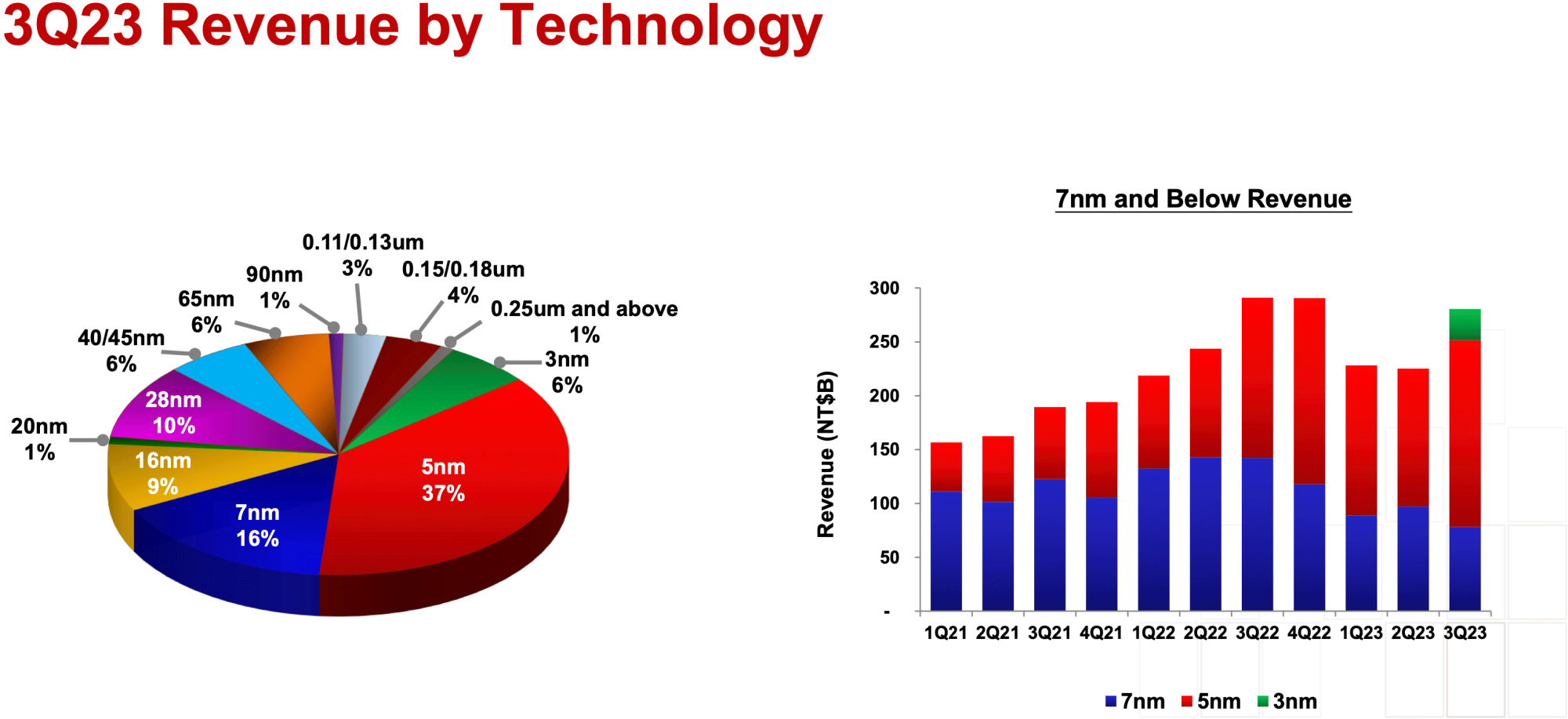UnknownSouljer
[H]F Junkie
- Joined
- Sep 24, 2001
- Messages
- 9,041
Big enough deal I think to mention in News.
NEW!:
View: https://youtu.be/9jhRh11bTRA?feature=shared
View: https://youtu.be/nfulSFtsH0c?feature=shared
My thoughts? Getting a machine that adds continuity to previous gens and keeping them relevant. And increasing battery life and power savings with a massive improvement to the display. It's akin to what happened with Switch. I like what Valve is doing here, because it's making the SteamDeck a better investment than other handheld PCs. And it also shows that Valve is interested in Deck and is committed to continue working on the platform.
It's now technically possible to watch Dolby or HDR10 content on SteamDeck, which I think most will appreciate the improvement - and of course just better image quality in general on desktop or in games. +90Hz! The display improvement here is going to be game changing.
EDIT, for the TL;DW among you...:
Processing:
6nm from 7nm
Ram speed increase 6400 MT/s from 5500 MT/s (the only true speed improvement meaning mostly the new deck will still perform the same)
Storage:
All new models use faster NVME storage
Minimum now is 256GB up to 1TB
OLED models 512GB/1TB
Base LCD model has 256GB
Display:
7.4" from 7"
OLED from LED
90Hz from 60Hz
600 SDR/1000 HDR from 400 SDR
110% DCI-P3
1,000,000:1 Contrast Ratio
Wi-Fi:
6E
Bluetooth 5.3
Battery:
50Wh from 40Wh
Improvement of 3-12 hours of battery life from 2-8 hours
Build Quality:
Internal cooling improvements
Same outer dimensions
Display assembly smaller
Internal components more easily removable and interchangeable
Repair-ability increased
NEW!:
View: https://youtu.be/9jhRh11bTRA?feature=shared
View: https://youtu.be/nfulSFtsH0c?feature=shared
My thoughts? Getting a machine that adds continuity to previous gens and keeping them relevant. And increasing battery life and power savings with a massive improvement to the display. It's akin to what happened with Switch. I like what Valve is doing here, because it's making the SteamDeck a better investment than other handheld PCs. And it also shows that Valve is interested in Deck and is committed to continue working on the platform.
It's now technically possible to watch Dolby or HDR10 content on SteamDeck, which I think most will appreciate the improvement - and of course just better image quality in general on desktop or in games. +90Hz! The display improvement here is going to be game changing.
EDIT, for the TL;DW among you...:
Processing:
6nm from 7nm
Ram speed increase 6400 MT/s from 5500 MT/s (the only true speed improvement meaning mostly the new deck will still perform the same)
Storage:
All new models use faster NVME storage
Minimum now is 256GB up to 1TB
OLED models 512GB/1TB
Base LCD model has 256GB
Display:
7.4" from 7"
OLED from LED
90Hz from 60Hz
600 SDR/1000 HDR from 400 SDR
110% DCI-P3
1,000,000:1 Contrast Ratio
Wi-Fi:
6E
Bluetooth 5.3
Battery:
50Wh from 40Wh
Improvement of 3-12 hours of battery life from 2-8 hours
Build Quality:
Internal cooling improvements
Same outer dimensions
Display assembly smaller
Internal components more easily removable and interchangeable
Repair-ability increased
Last edited:
![[H]ard|Forum](/styles/hardforum/xenforo/logo_dark.png)
